We’d love to hear from you!
Whether you have a question, feedback, or need assistance, our team is here to help. Reach out to us using the contact information below and we’ll get back to you as soon as possible.
Email: insitu@aocarchaeology.com
Stay connected and follow us on social media for updates, news, and more!
In Situ is managed by AOC Archaeology. To find out more about AOC or get in contact please visit: https://www.aocarchaeology.com/




